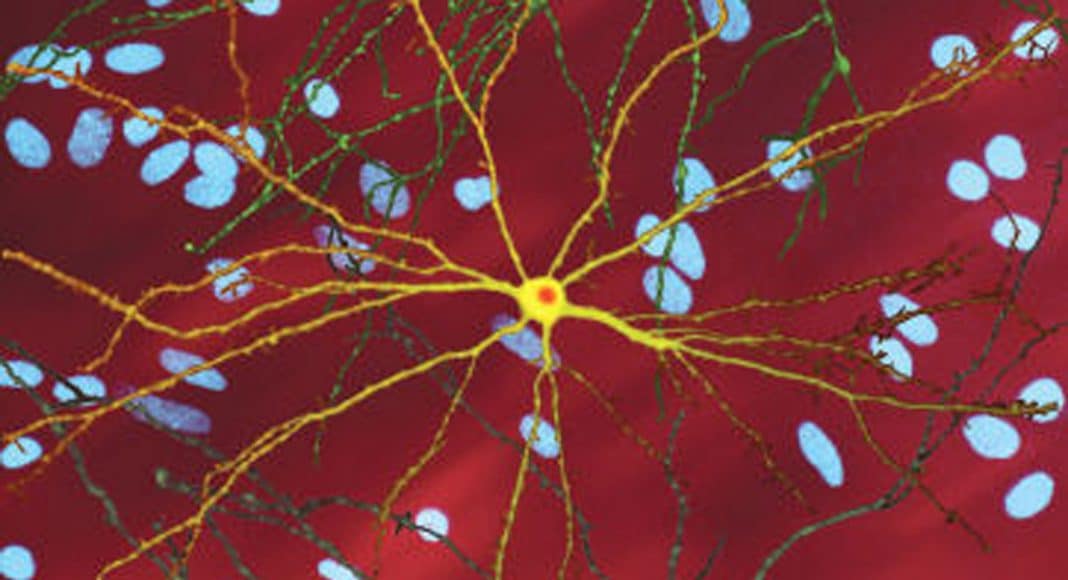Huntington’s disease is a progressive genetic brain disease that’s not content simply to end in death; it’s horrible to you every step of the way. Combining the tremors and loss of motor control that comes with ALS and Parkinson’s with the mental degeneration of Alzheimer’s, HD wins the triple crown of neurodegenerative diseases.
Oh, and it can make you crazy too. Of course there’s the depression, irritability, and apathy that might happen to anyone who knows their brain is falling apart. But HD can also cause OCD, mania, and bipolar disorder.
-
Related Story: Why Won’t My Doctor Prescribe Medical Marijuana For Me?
As far as treatment goes, one study deadpans that Huntington’s is “a disorder that is currently poorly man- aged in the clinic.” That means there is no cure and nothing that will even slow its progress. The one medication approved specifically to treat the motor symptoms of HD has the unfortunate side effect of triggering or deepening depression and other psychiatric conditions. (And here I thought my worst dilemma in aging would be between saving my fanny or my face.)
In July, the Journal of Neurology published the first double-blind, controlled human trial of cannabinoids on HD. This wasn’t just a stab in the dark. It followed several highly successful tests on mice. One, from 2011, concludes unambiguously: “these data provide sufficient preclinical evidence to justify a clinical evaluation of [a THC-CBD blend] as a neuroprotective agent capable of delaying disease progression in patients affected by HD.” And it declares “an urgent need for clinical trials”
In another study a year later, essentially the same group of researchers made what amounts to a cri de coeur, chastising the medical world for its reluctance to embrace the mounting data. In extensive concluding remarks, they celebrate the safety of CBD (“essentially no undesirable side effect and its toxicity is negligible”) and cite both its neuroprotective effects and its success treating epilepsy and Alzheimer’s in humans and various positive effects in mouse studies.
After all that fanfare, the ensuing human test—a small pilot study, 26 HD subjects given Sativex, an oral spray that’s half THC and half CBD— is something of an anticlimax. The main objective was simply to determine that the medication wouldn’t worsen HD or freak out the patients. Although it easily passed the “first do no harm test,” it didn’t do anything beyond that: No differences between the test group and the control were measured.
Nevertheless, the way is now clear for a full-scale clinical trial. Stay tuned.


